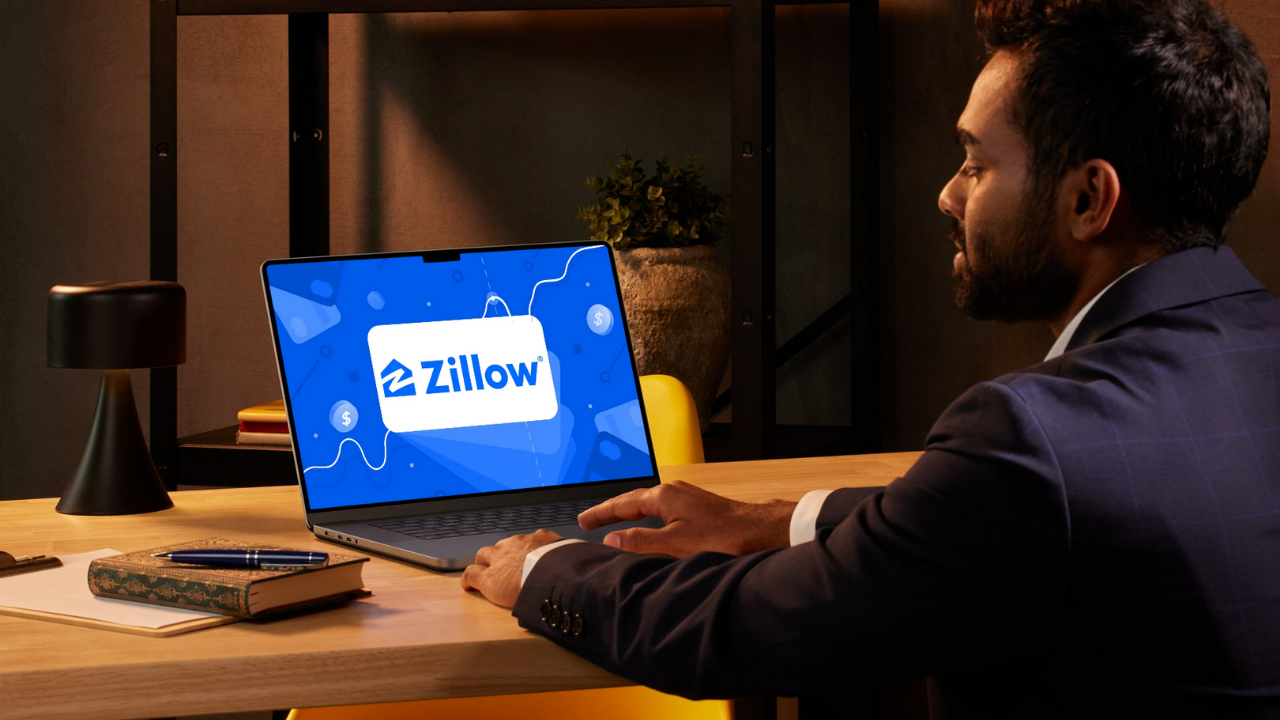Overview
A quiet transformation is reshaping the U.S. housing landscape as Build-to-Rent (BTR) communities emerge as a dominant force in residential real estate. These purpose-built rental neighborhoods—offering single-family homes with the amenities of multifamily complexes—are gaining traction across the country, driven by shifting lifestyle preferences, affordability pressures, and institutional investor interest.
The concept of Build-to-Rent is not entirely new, but recent economic and demographic shifts have propelled its rise. Traditionally, homeownership has been considered a cornerstone of the American Dream. However, rising home prices, limited inventory, and tightening mortgage standards have placed ownership out of reach for many, particularly millennials and Gen Z households. In response, developers and investors have begun targeting a growing segment of renters who desire the space and privacy of a single-family home without the long-term commitment of buying.
What sets Build-to-Rent communities apart from traditional rental models
What sets BTR communities apart from traditional rental models is their intentional design. These neighborhoods are planned from the ground up with renters in mind, offering features such as private backyards, garages, pet-friendly policies, and shared amenities like fitness centers, pools, and walking trails. The result is a hybrid housing option that blends the lifestyle of suburban homeownership with the flexibility of renting.
Industry professionals see this trend as more than a passing phase. “We’re seeing a structural shift in how Americans think about housing,” says a senior real estate analyst at a national investment firm. “Build-to-Rent aligns with the evolving needs of modern renters—especially those who are priced out of the for-sale market but still want the benefits of a home.”
Developers are also recognizing the operational efficiencies and long-term revenue potential of BTR. By constructing entire neighborhoods under a unified ownership and management model, operators can streamline maintenance, improve tenant experience, and stabilize cash flows. This consistency is especially appealing to institutional investors, who have poured capital into the space over the past several years.
The appeal is mutual. Renters are drawn to BTR for the lifestyle it offers—more space, greater privacy, and community-oriented living—without the financial burden or risk of ownership. It’s particularly attractive to young families, remote workers, and retirees who want to downsize while maintaining a comfortable living standard.
Moreover, the flexibility of renting allows residents to prioritize mobility in a way that homeownership cannot. As employment patterns evolve and remote work becomes more normalized, many Americans are no longer tethered to one location. BTR offers an attractive alternative to traditional housing, catering to those who value convenience, community, and quality without a mortgage.
While the growth of BTR communities brings opportunities, it also raises questions about long-term impacts on housing markets. Some experts caution that the proliferation of investor-owned single-family homes could limit supply for prospective homebuyers and contribute to affordability challenges in certain regions. Others argue that BTR helps fill a critical gap in the housing ecosystem by expanding options for renters and easing pressure on urban rental markets.
Cities and municipalities are also adjusting to this trend. Zoning regulations, land-use policies, and community planning strategies are being revisited to accommodate these new developments. As local governments weigh the benefits and potential drawbacks, the integration of BTR into urban and suburban planning will be key to its sustainable growth.
For investors, BTR presents a compelling asset class with long-term potential. The model offers diversification, resilience to market fluctuations, and stable returns, especially in markets with strong rental demand. As more institutional players enter the field, competition is increasing, driving innovation in both design and service offerings within these communities.
Homebuilders, too, are adapting. Some traditional builders are launching their own BTR divisions or partnering with real estate investment firms to tap into this lucrative market. The trend is also encouraging experimentation with new construction techniques, smart home technologies, and environmentally friendly building practices, aligning with broader shifts toward sustainable and tech-integrated housing.
The rise of Build-to-Rent communities marks a significant evolution in the American housing narrative. For homeowners, it signals changing perceptions of ownership and value. For investors, it opens a new frontier of opportunity in a historically conservative market. And for real estate professionals, it demands a rethinking of strategy, service, and structure in response to a fast-moving and increasingly diversified housing landscape. As BTR continues to grow, its impact will reverberate across every corner of the industry—reshaping how, where, and why Americans choose to live.




